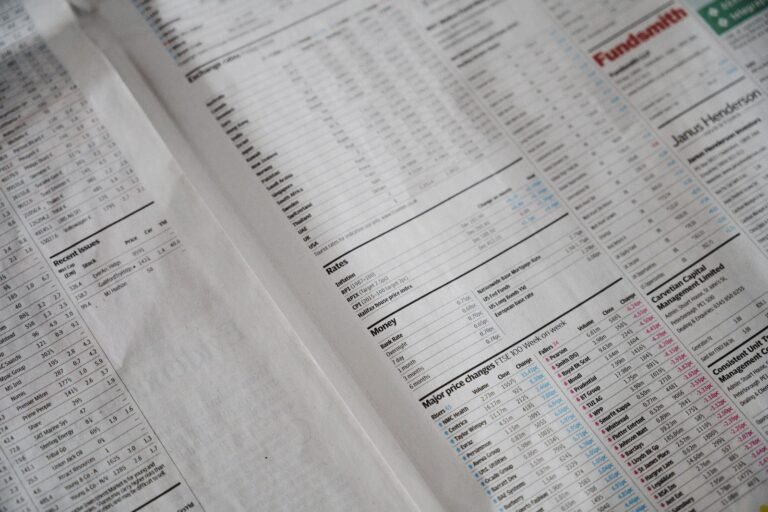We all make mistakes and when it comes to the stock market, you can never be sure what will happen.
If you have individual stocks that appear to be underperforming (consistently), it may be time to cut your losses before those losses mount even further.
However, if you believe the market will recover (which it usually does), you may decide to hold onto your stocks and ride out the waves. Many people will suggest you do just that, and for the most part, that’s good advice.
If you have index funds, then this is almost certainly what you should do because the market will recover, and if your index funds are bearish, it means the whole market is down.
But what about the exceptions to the rule? Is there ever a good time to sell a bad investment?
How to decide when to sell an underperforming stock
Let’s say you have a stock of consumer goods that has halved in value over the past three years. Steadily decreasing.
Before panic selling, take a good look at the wider industry.
If other commodities like this are also down, then you know it’s the industry, not just your stock. Everything goes wrong. This gives you a little extra context.
All industries experience decline for various reasons. Perhaps the industry is no longer as viable as it once was. Perhaps competitors have changed the playing field a bit too much.
But let’s talk about it conceptually to understand when to sell an investment for poor performance. If you were making a list of your investments and saw this chart, what would you do?
| Consumer Goods Share Price | |||
| Date | Price | Date | Price |
| 6/3/2002 | 33,43 | 1/3/2006 | 23.78 |
| 1/2/2003 | 31.53 | 1/6/2006 | 23.90 |
| 6/2/2003 | 31.01 | 1/3/2007 | 26.29 |
| 1/2/2004 | 35.55 | 1/6/2007 | 27.28 |
| 1/6/2004 | 35,45 | 1/2/2008 | 22.91 |
| 1/3/2005 | 26.45 | 5/2/2008 | 20.61 |
| 1/6/2005 | 28.17 | ||
“Holy crap,” you might be saying. “This is a miserable stock. Gotta sell it before I lose all of my investment!”
Slow down. Instead of freaking out and selling your stock faster than you can scream, “SELL! I SELL! FOR SALE!” on a phone, look at the box.
Knowing that the example is a consumer goods stock, what about the rest of the consumer goods industry?
| Consumer Goods Industry Index | |||
| Date | Price | Date | Price |
| 6/3/2002 | 50 | 1/3/2006 | 38 |
| 1/2/2003 | 49 | 1/6/2006 | 36 |
| 6/2/2003 | 45 | 1/3/2007 | 32 |
| 1/2/2004 | 42 | 1/6/2007 | 30 |
| 1/6/2004 | 44 | 1/2/2008 | 31 |
| 1/3/2005 | 40 | 5/2/2008 | 29 |
| 1/6/2005 | 38 | ||
Looking at the stock and the surrounding industry, you see that the entire industry is in decline. It is not your investment. Everything is going badly.
Now, this raises questions about the industry, but it also gives you a framework to explain your stock’s plunging returns. And just because they’re sinking, by the way, doesn’t mean you have to sell right away.
This is part of the reason why buying individual stocks can be a bit of a pain. You need to closely monitor them and their respective industries to check their performance. Your money is often better off inside an index fund where it is spread across many companies.

